The Leap to Second-Order Thinking
Why solving the immediate problem isn't enough in the age of AI
I find myself drawn to having many "side projects" going at once. It’s less about the pressure to complete any of them and more about the questions they make me ask, the patterns they help me discover, and the opportunities they make me see by connecting dots a layer deeper. It's about exposing my imagination to ideas that help me see the shape of a much bigger future.
A recent experiment turning my daughter’s first story into a custom book is a perfect example. The workflow involved voice recordings, multiple AI models for storytelling and illustration, and a bit of manual assembly in Google Slides. It was a fun, multi-step process. When I was telling a friend about it, he immediately said, "You should turn this into a product! A custom storybook creator."
And he’s right. That could be a great product idea that would appeal to some parents.
But that’s first-order thinking.
This experience wasn't just a fun side project; it became a powerful, real-world validation for Opal.
I was able to take this exact multi-step process and build it as a simple app on the platform [Kids Storybook Maker], which crystallized the conviction I have: the first-order idea is the storybook creator, but the second-order opportunity is the tool that lets anyone build it.
The original concept for what would become Opal started as an open-source project by an amazing teammate. When I first saw his early explorations into prompt chaining, it just clicked. This was the system-level thinking I’d been missing. Interacting with a single Large Language Model (LLM) was powerful, but I realized that chaining the output from one model to the input of another wasn't just an incremental improvement - it felt like a step-change in capability. It unlocks entirely new kinds of workflows. And this potential only grows as the ecosystem of models expands. Imagine chaining a text model to an image model, then to a video model. This way of building becomes exponentially more powerful with every new modality we can connect.
That conviction grew as more people joined the effort, all of us feeling that "there's something here" sense about building these AI mini-apps. The storybook exercise simply reinforced my belief in the power of this approach.
First-Order vs. Second-Order Thinking
In a world where AI capabilities are accelerating, this distinction is becoming critical for anyone building products.
First-order thinking focuses on solving the immediate problem right in front of you. It's a direct response to a current user request. It builds a solution based on what’s possible today.
Second-order thinking looks beyond the immediate solution to anticipate downstream effects, spot emergent behaviors, and identify system-level opportunities. It designs for what’s next.
Different Flavors of Second-Order Opportunities
As I've been thinking through this, I'm noticing a couple of distinct patterns in how second-order opportunities emerge. This isn't an exhaustive list, just one way to slice the problem:
1. The Platform Play
This is about asking, "How do we enable others?" It focuses on turning a single solution into a system that others can build on. The result is often an ecosystem or a marketplace. AWS is the classic example: Amazon built robust internal infrastructure for its bookstore (1st Order) and then realized it could offer that same infrastructure as a platform to the world (2nd Order).
2. The Paradigm Shift
This is about asking, "How do we redefine the problem?" It focuses on making the old solution entirely obsolete. Netflix did this by shifting from DVD rentals by mail (a better way to access movies) to a global streaming service (a complete redefinition of content access).
Why the Game Has Changed
For decades, the dominant model for building great businesses was the "Slow Pivot." You prove a first-order product, and then over many years, you find the second-order platform.
But that model was built for a world with slower market cycles. Today, we're not just dealing with speed; we're dealing with acceleration, driven by a powerful, self-reinforcing loop.
This accelerating cycle is precisely why the Slow Pivot pattern is no longer a safe bet. It was fine when a first-order win bought you years to explore. Today, that same first-order idea can be replicated or commoditized in months. If you wait years to discover your second-order opportunity, it will be too late - someone else will have already built it on top of your work.
This is why we're seeing an "Early Platform Pattern" emerge, where you either start with the platform in mind or pivot extremely early. Companies like Shopify, Figma, and Roblox are some of the examples that showcase how the creation tools themselves are the product.
How to Cultivate Second-Order Thinking
So, how do we start thinking this way? It begins with asking the right questions. Here are a few that I find myself coming back to as I'm thinking of new ideas:
The What Next Question: "If my first-order solution succeeds, what does it make possible?"
The Paradigm Shift Question: "Am I just building a faster horse? What is the fundamental problem my user has, and could new technology create a 10x better solution?"
The Platform Question: "What part of my solution is a repeatable process? Could I build a platform that allows thousands of others to use that process for their own needs?"
The Future-Proofing Question: "How will the next AI model update affect my strategy? Will it commoditize a core feature I'm building, or will it unlock a new capability that enables my second-order vision?"
In the age of AI, it’s not enough to solve the problem in front of us. We must anticipate what the next wave of products and technology will make possible and design backward from that vision. The most durable products won't be those that perfectly solve today's problem, but those that serve as strategic stepping stones - not dead ends - on the path to what comes next.





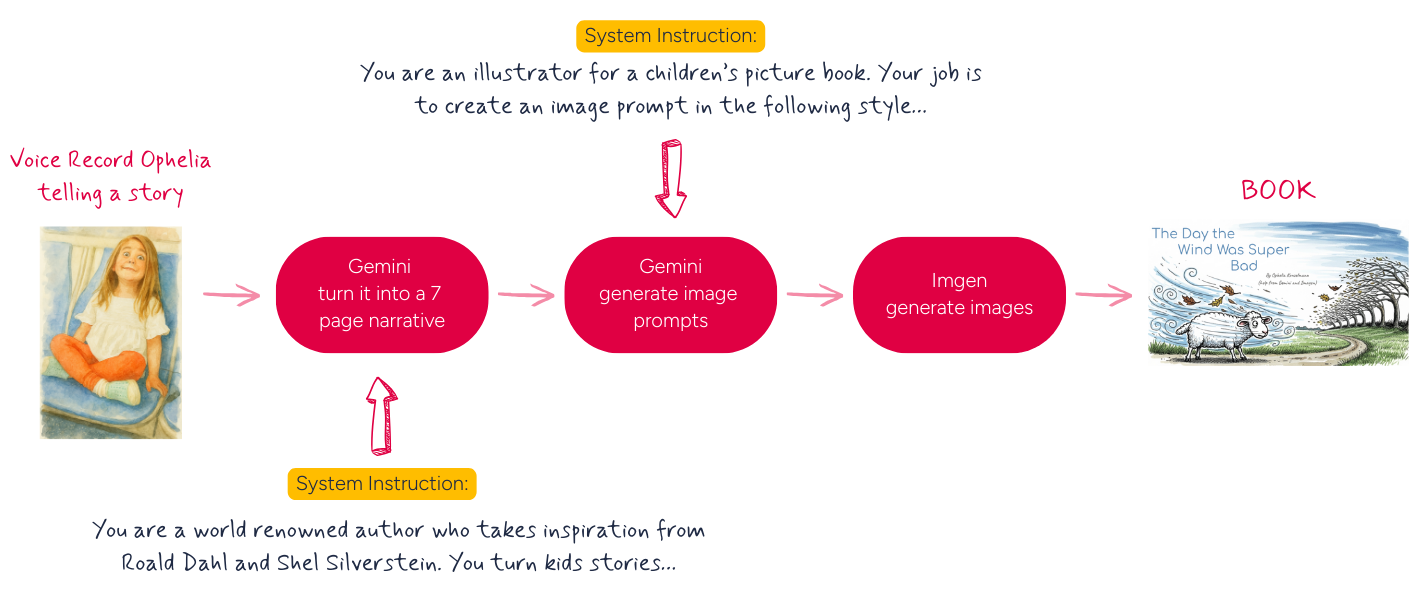
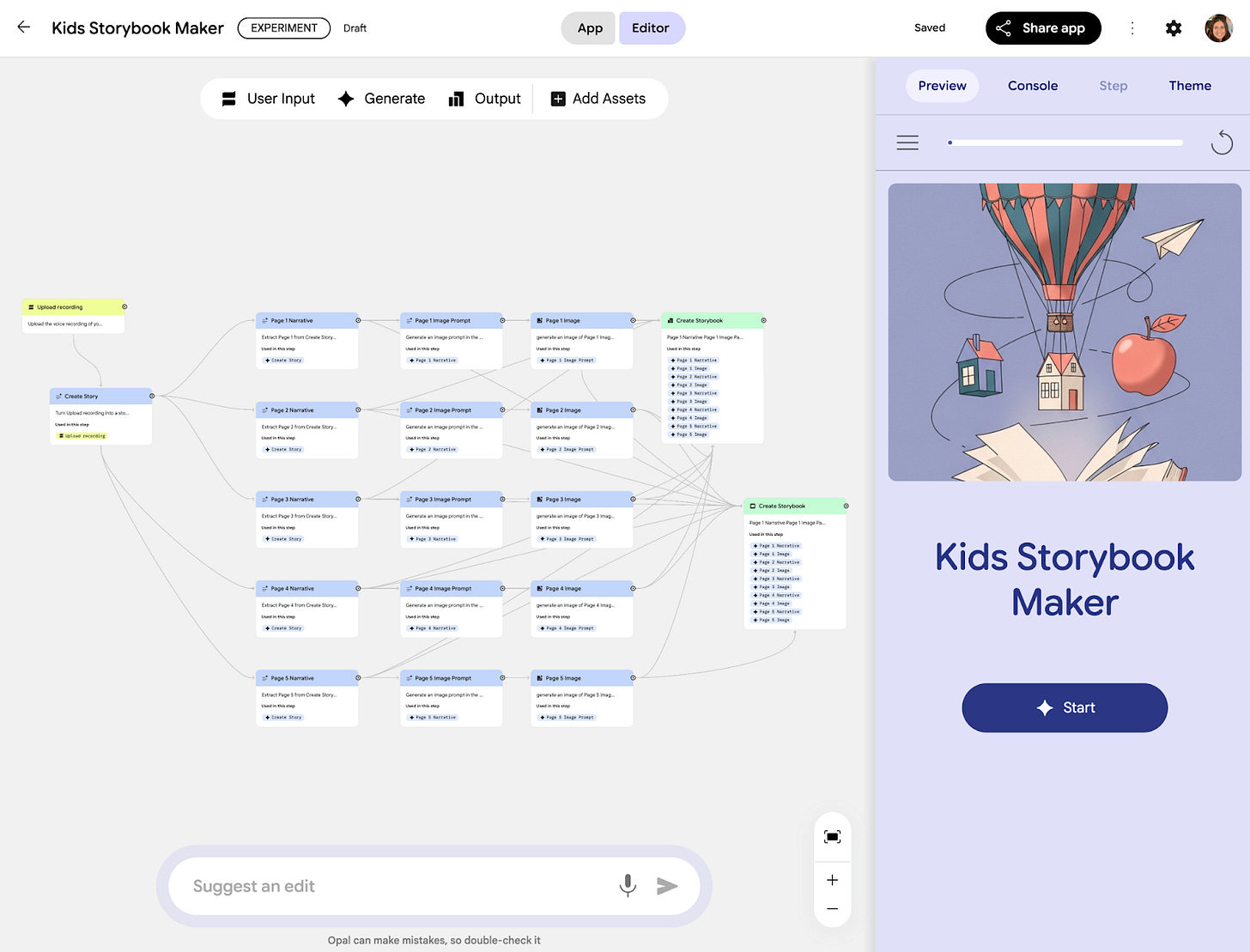
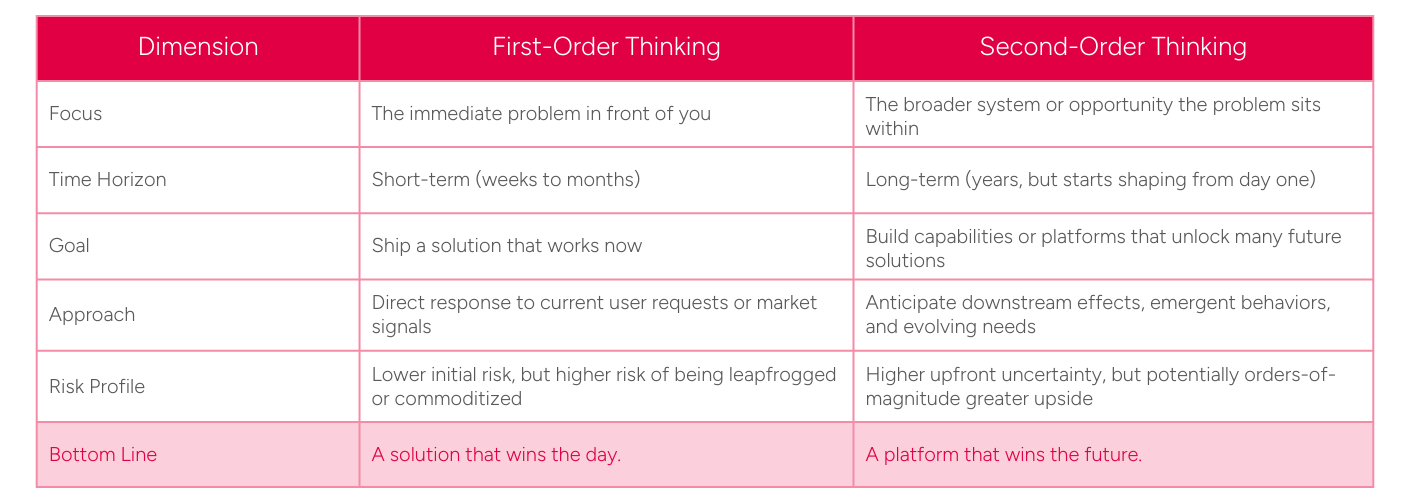
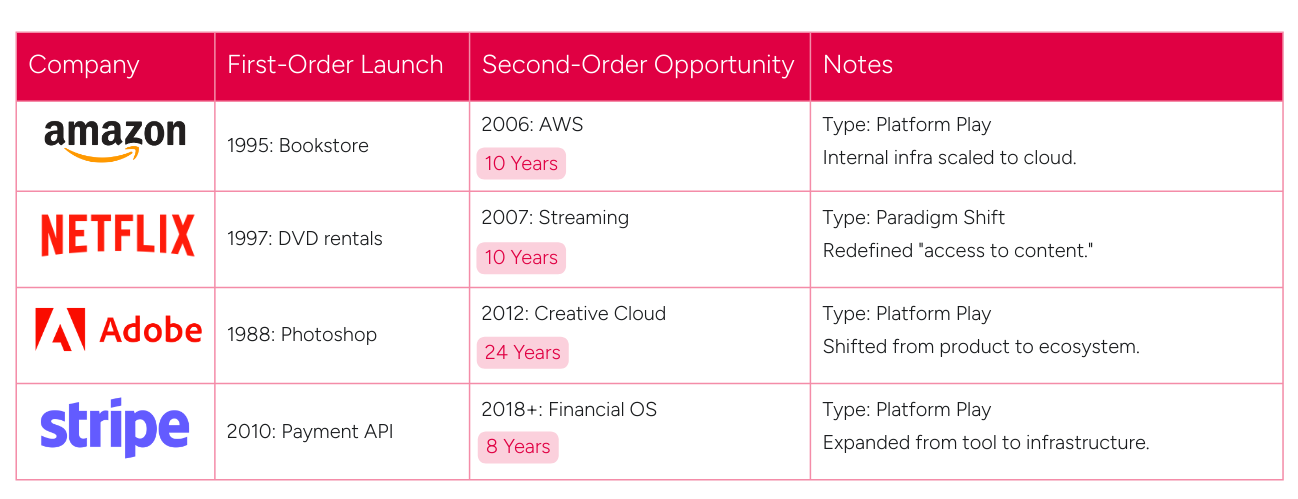
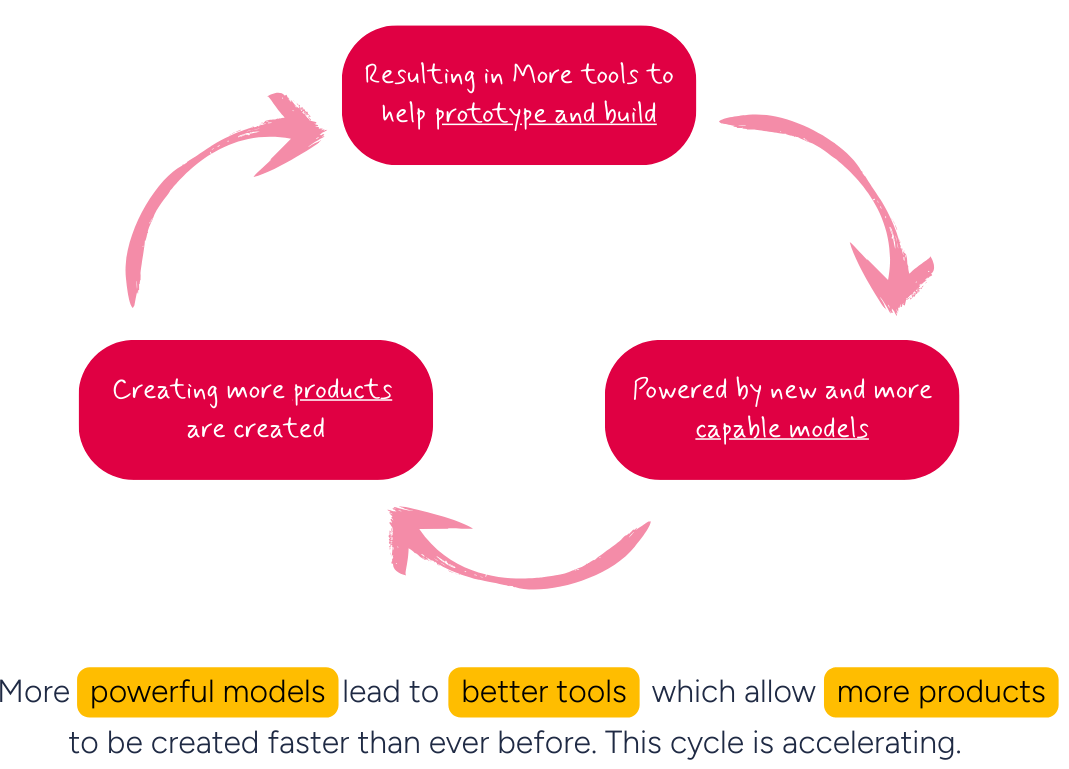

Another banger!
What stood out most to me is how you framed the Early Platform Pattern. In today’s acceleration cycle, moving from solution to platform years later isn’t viable anymore; one almost needs to bake in second-order possibilities from day one. That’s a mindset shift I’m actively working on in my own product thinking: asking “If this works, what else does it unlock?” before even shipping v1. Thank you for articulating this so clearly, it’s a great reminder that the most durable products aren’t just solving today’s problem, they’re scaffolding the next wave of possibilities.